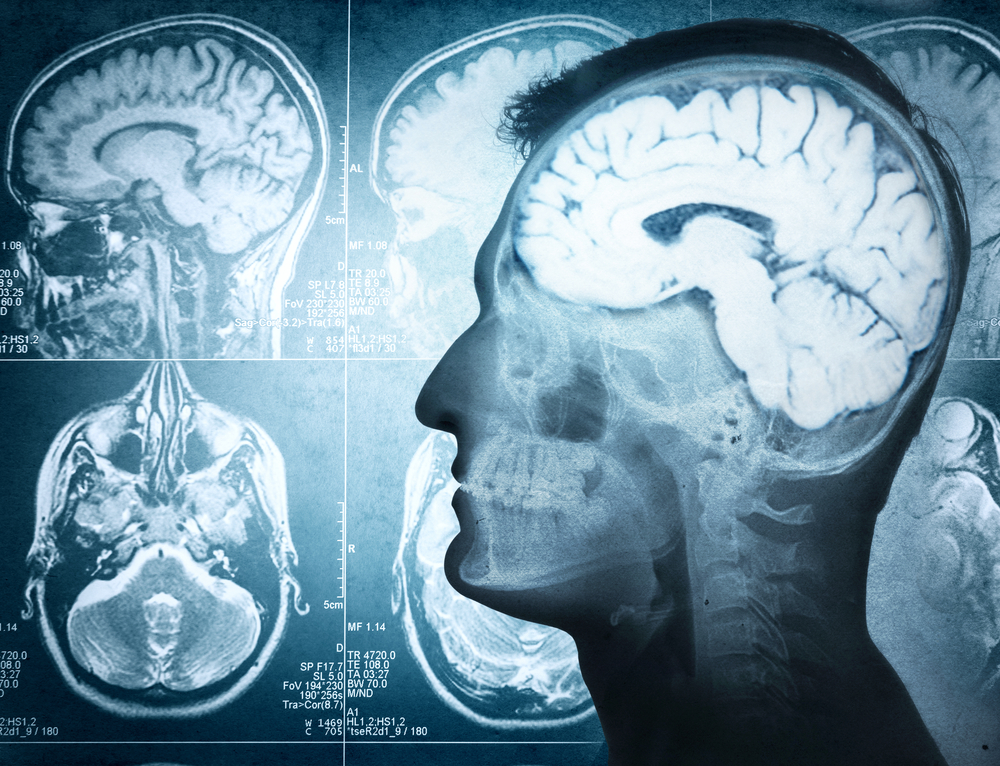A pain in the brain?

Important news from Japan: a report from Hiroshima University (summarized in a recent Workerscompensation.com article) discusses a whole new way to address a problem that bedevils workers’ comp – chronic pain.
The title of the report, “Changes in resting-state brain networks after cognitive – behavioral therapy for chronic pain,” downplays the potential impact of the findings in typical academic fashion, but the possibilities are explosive.
While the actual neuroscience involved is complex, the concept is straightforward. Pain – the pain from a lower back strain or a minor shoulder sprain, for example – is a mental construct. Pain has no external physical reality.
The brain interprets certain nerve signals and construes them as what we call pain.
When an injury causes these same nerves to be stimulated repeatedly over a period of time, injured workers then repeatedly focus attention on pain and/or anticipation of pain associated with certain movements, and thus unwittingly create a re-wiring/reinforcement scenario and a conditioned pain response.
That means pain goes from an unconditioned stimulus and response (a natural, short term behavior) to a conditioned stimulus and response (a learned, chronic behavior), even in the absence of continued strong inputs from those same nerves. Chronic pain creates a pain pattern in the brain that continues even as the original injury heals. Why is this news for comp? What can be learned (pain) can be unlearned.
The researchers at Hiroshima University used Cognitive Behavioral Therapy (CBT) over a twelve week period in this study to re-wire the brains of chronic pain patients.
Amazingly (but not surprisingly) the imaging of their brains started to look (in fMRIs) more like the healthy control patients by eliminating or weakening the “learned” pathways via CBT. In other words, CBT, which is finding more and more applications in comp clinical management, may offer a new way to address pain and avoid the opioid trap.
This science is still young, but the latest research holds out the hope that we will soon be able to provide injured workers with serious chronic pain relief, and thus re-entry to work and normal life, without the use of pills and the potential for addiction.
This is tremendous news and just one more reason to hope for a Happy New Year in 2018.
Author

